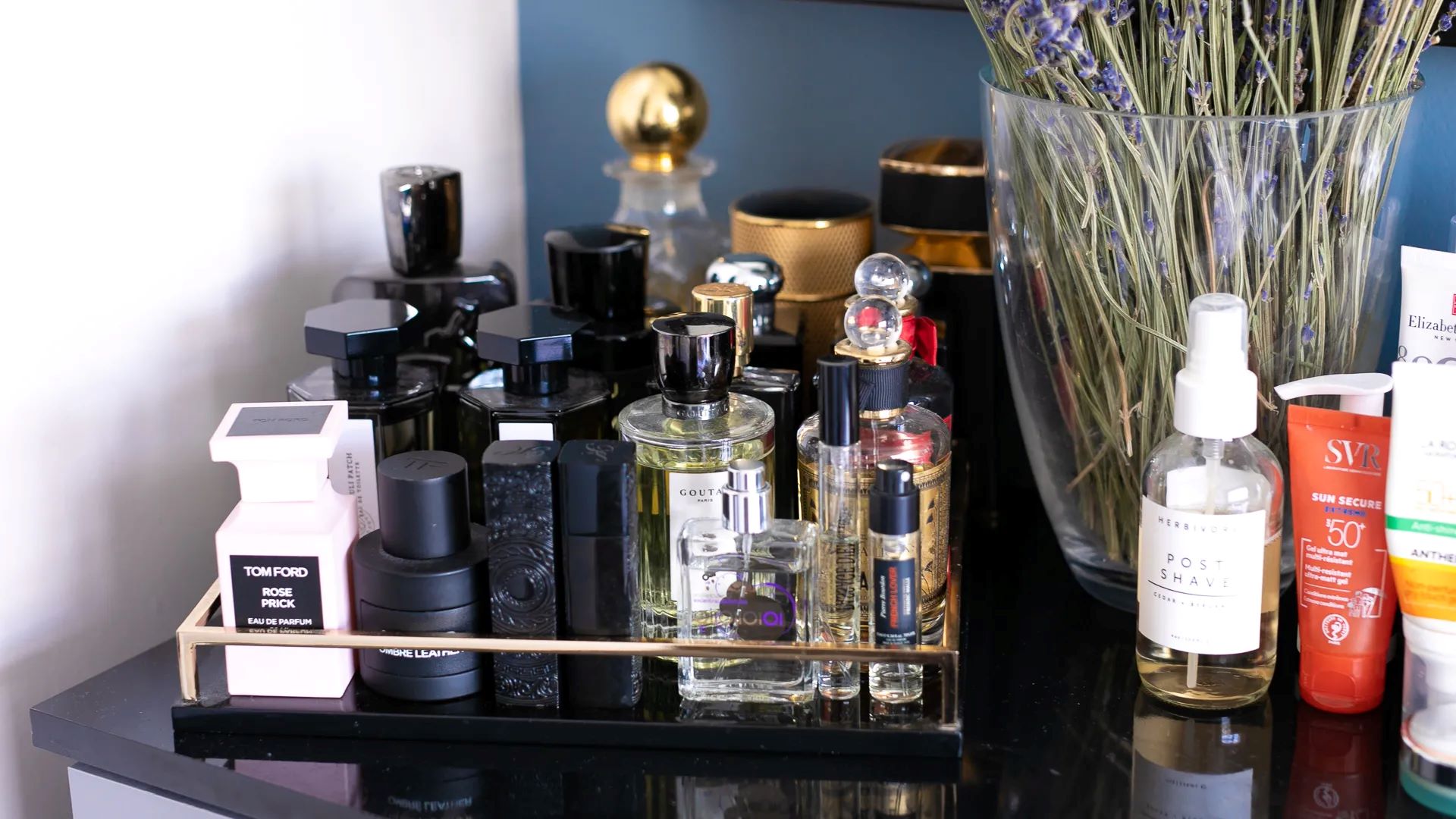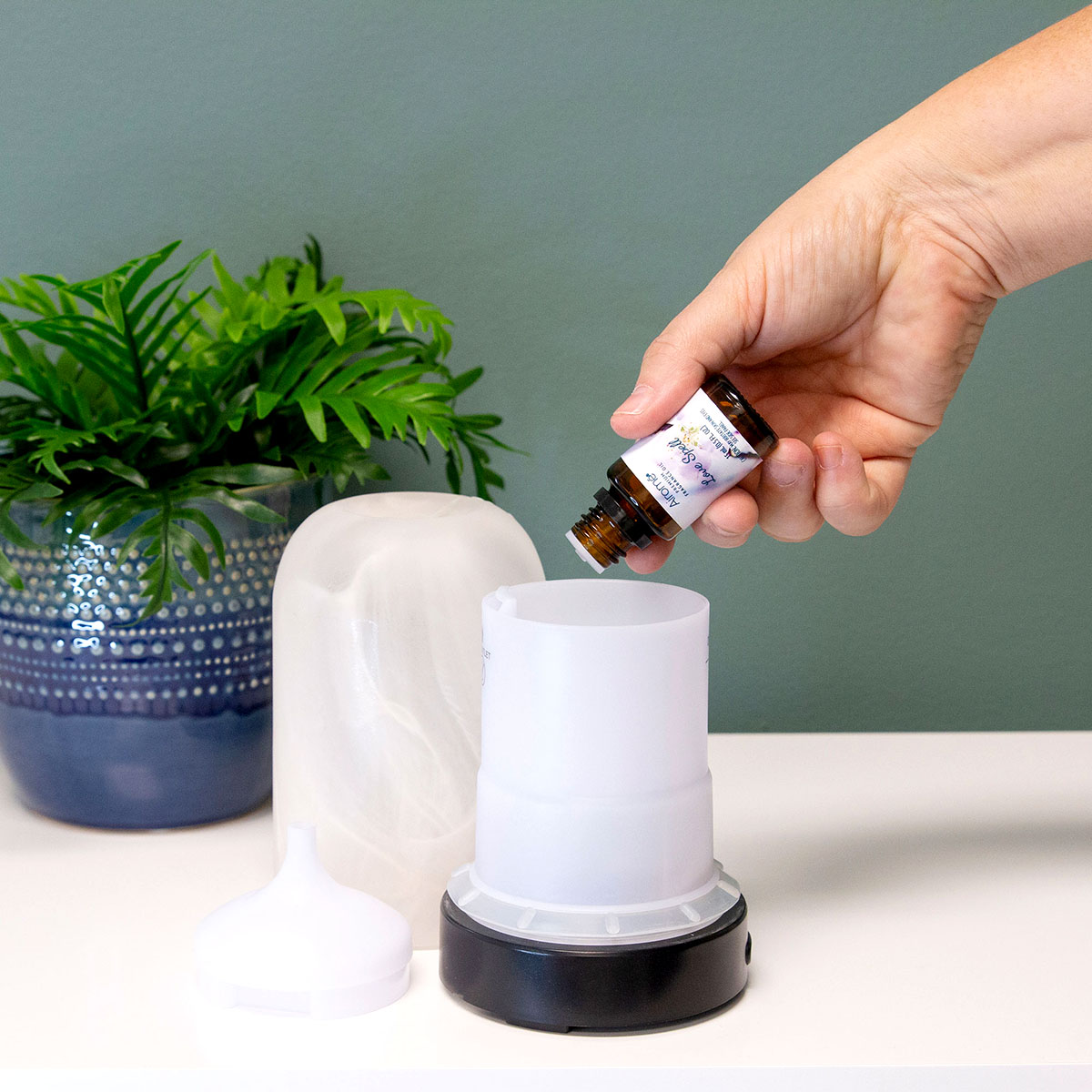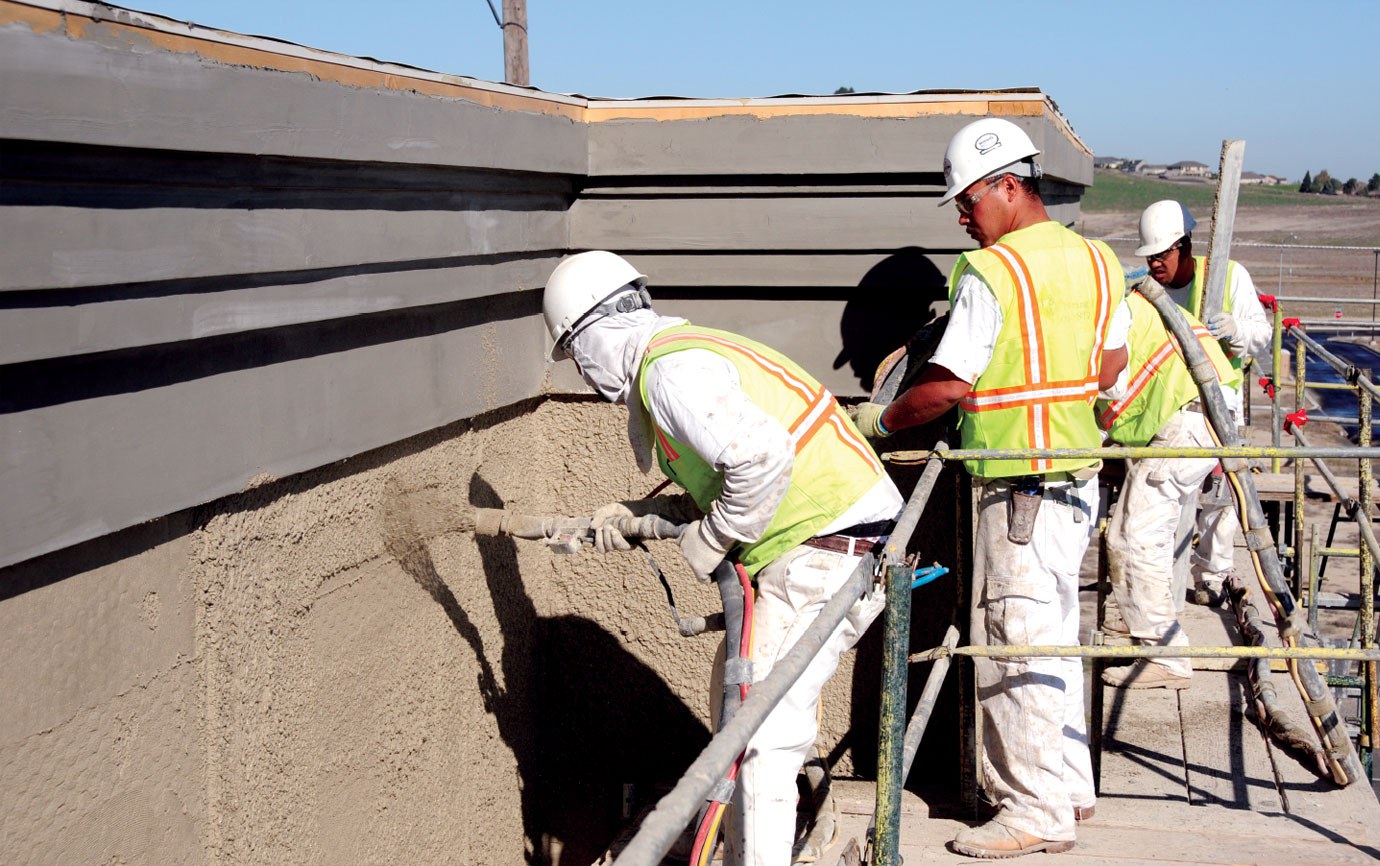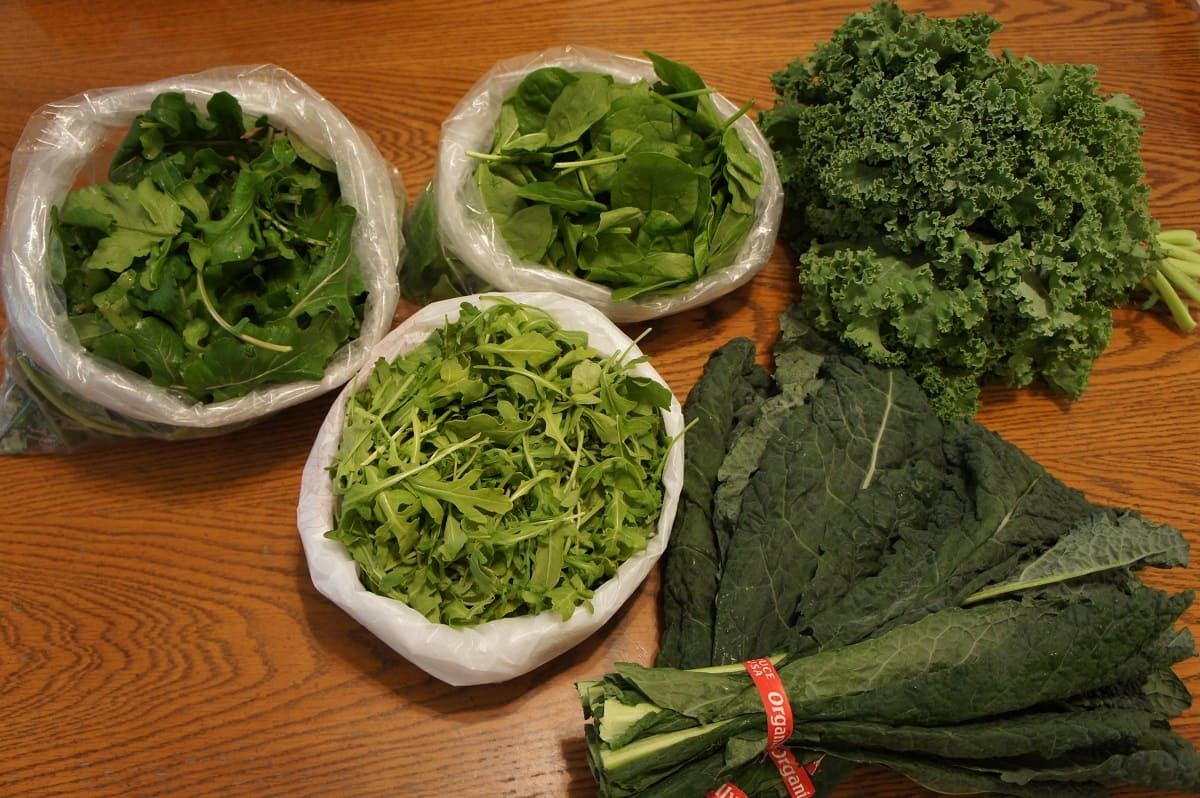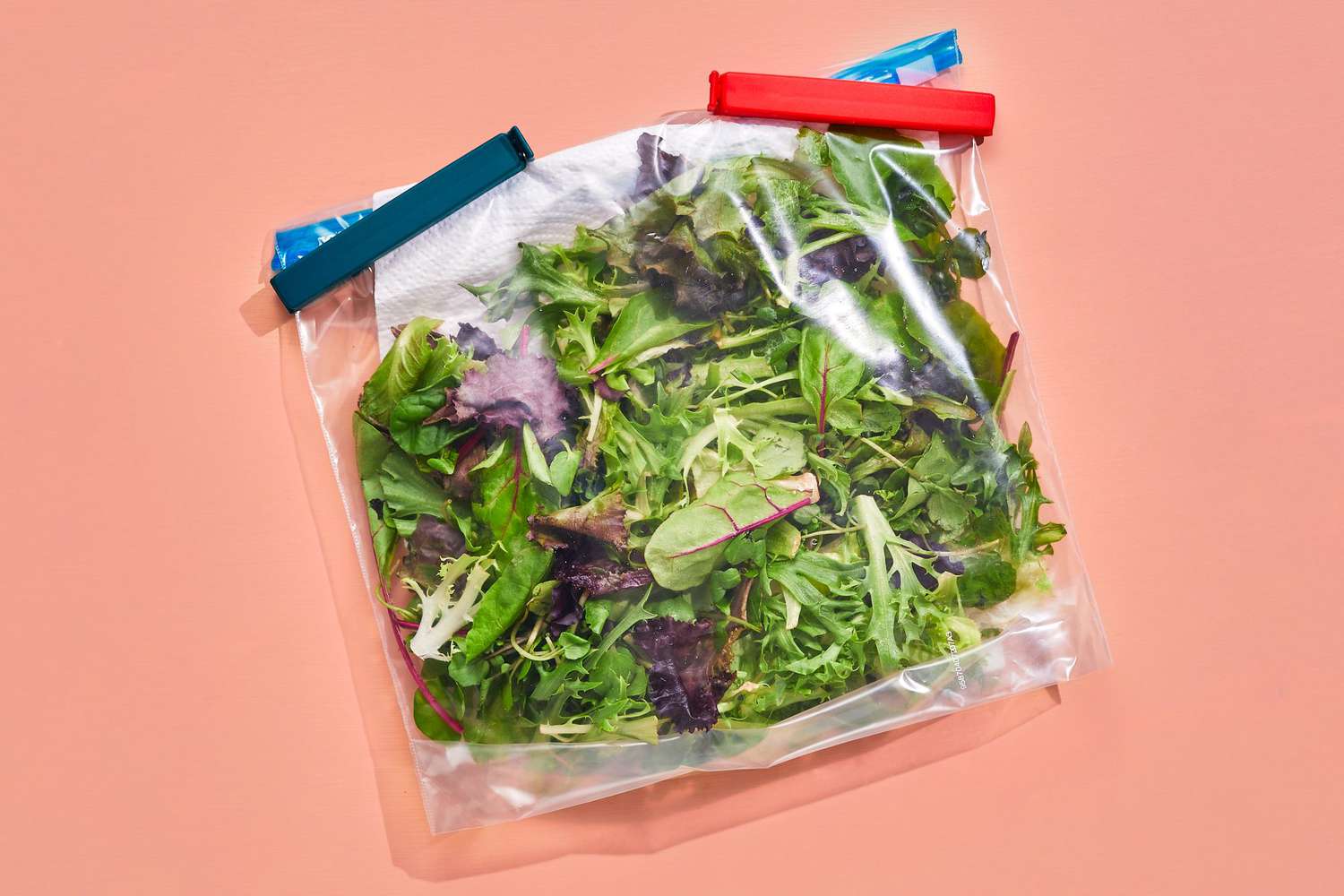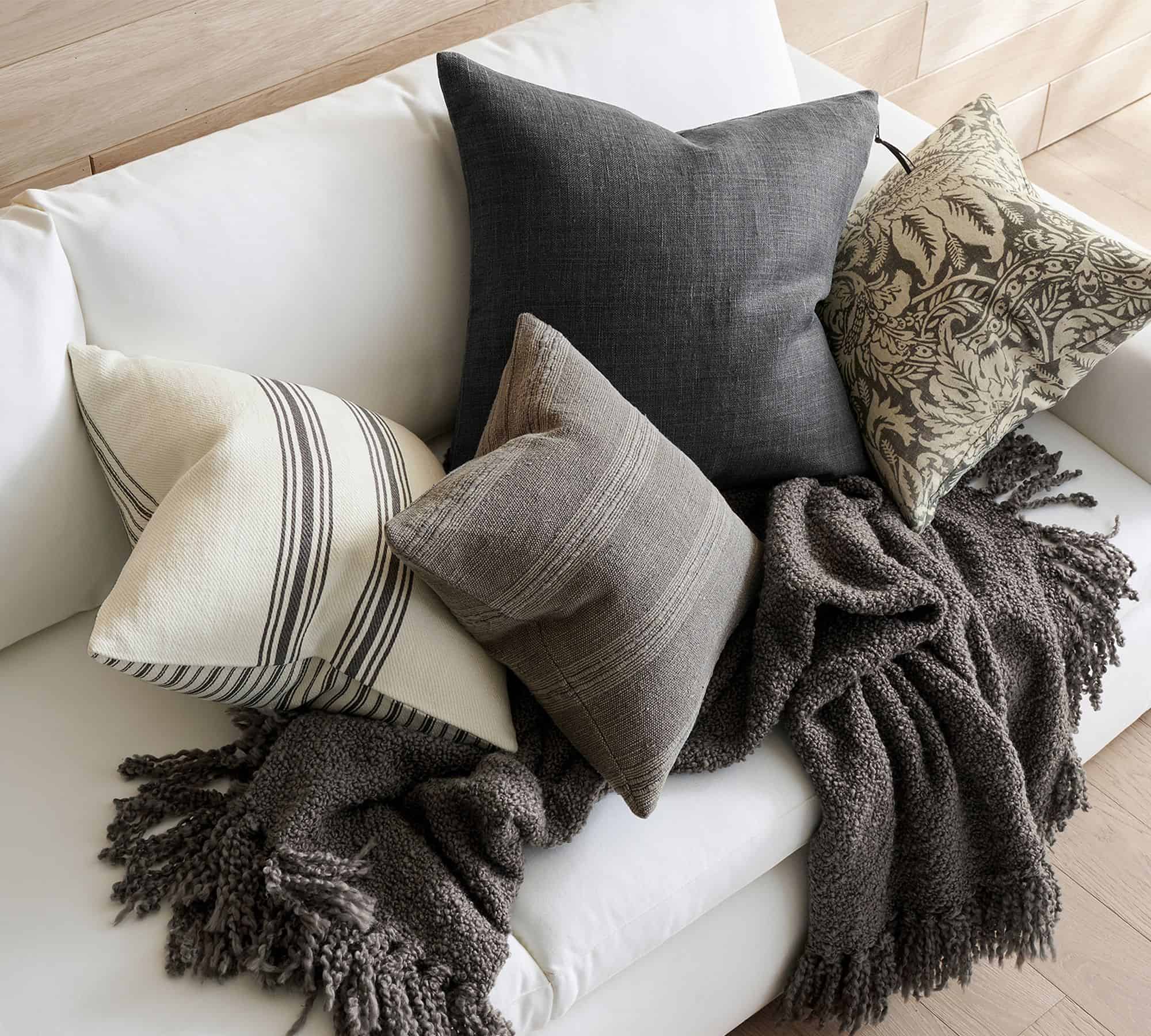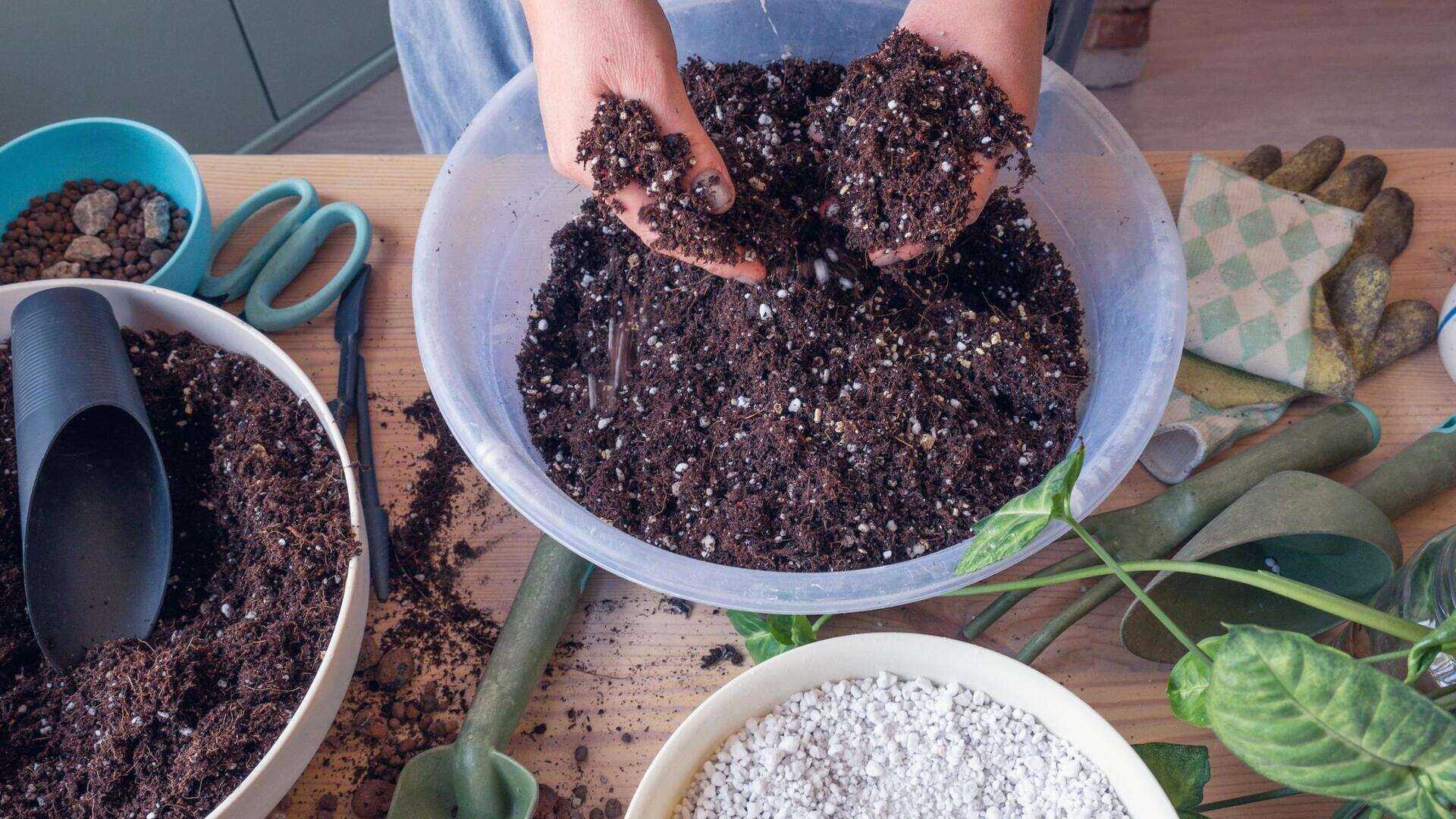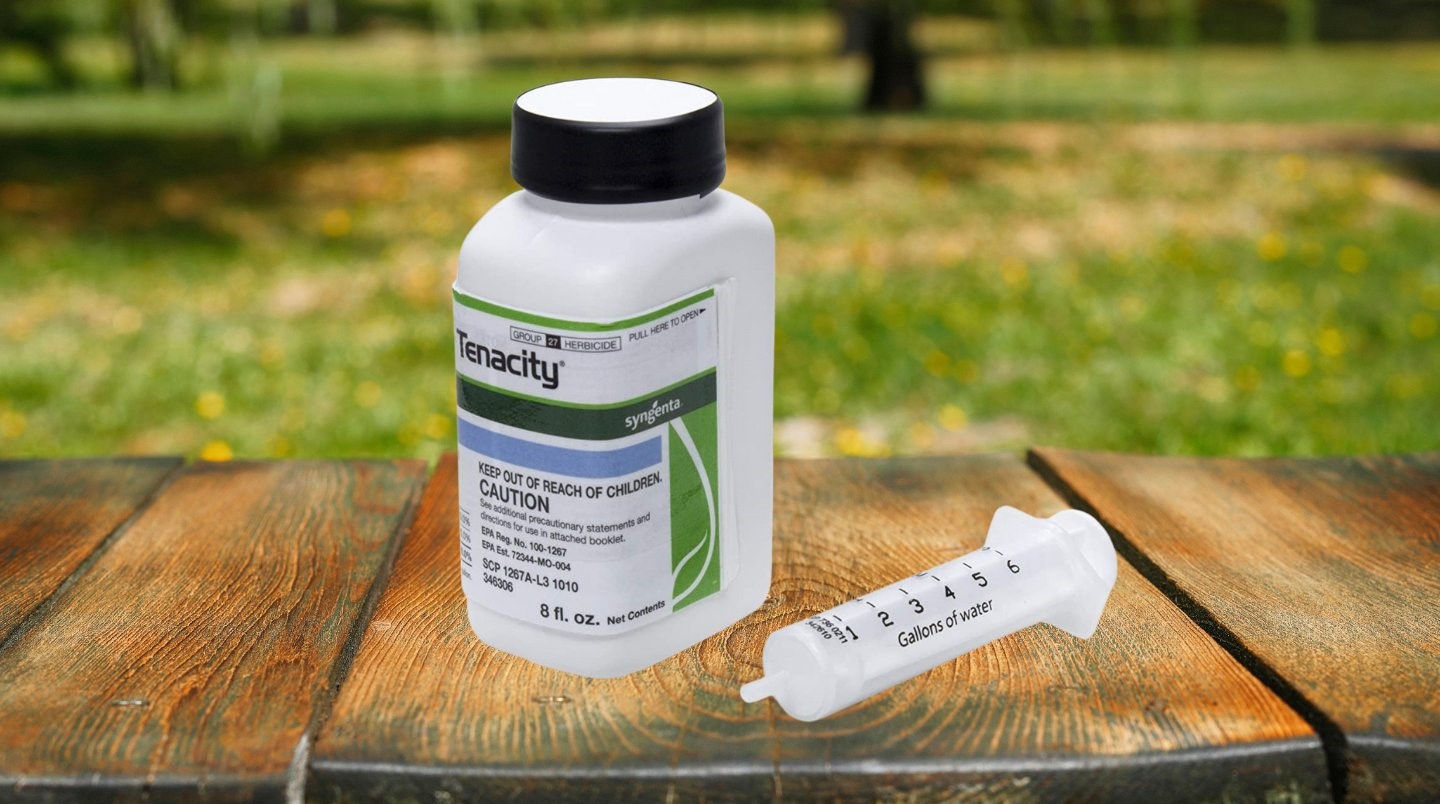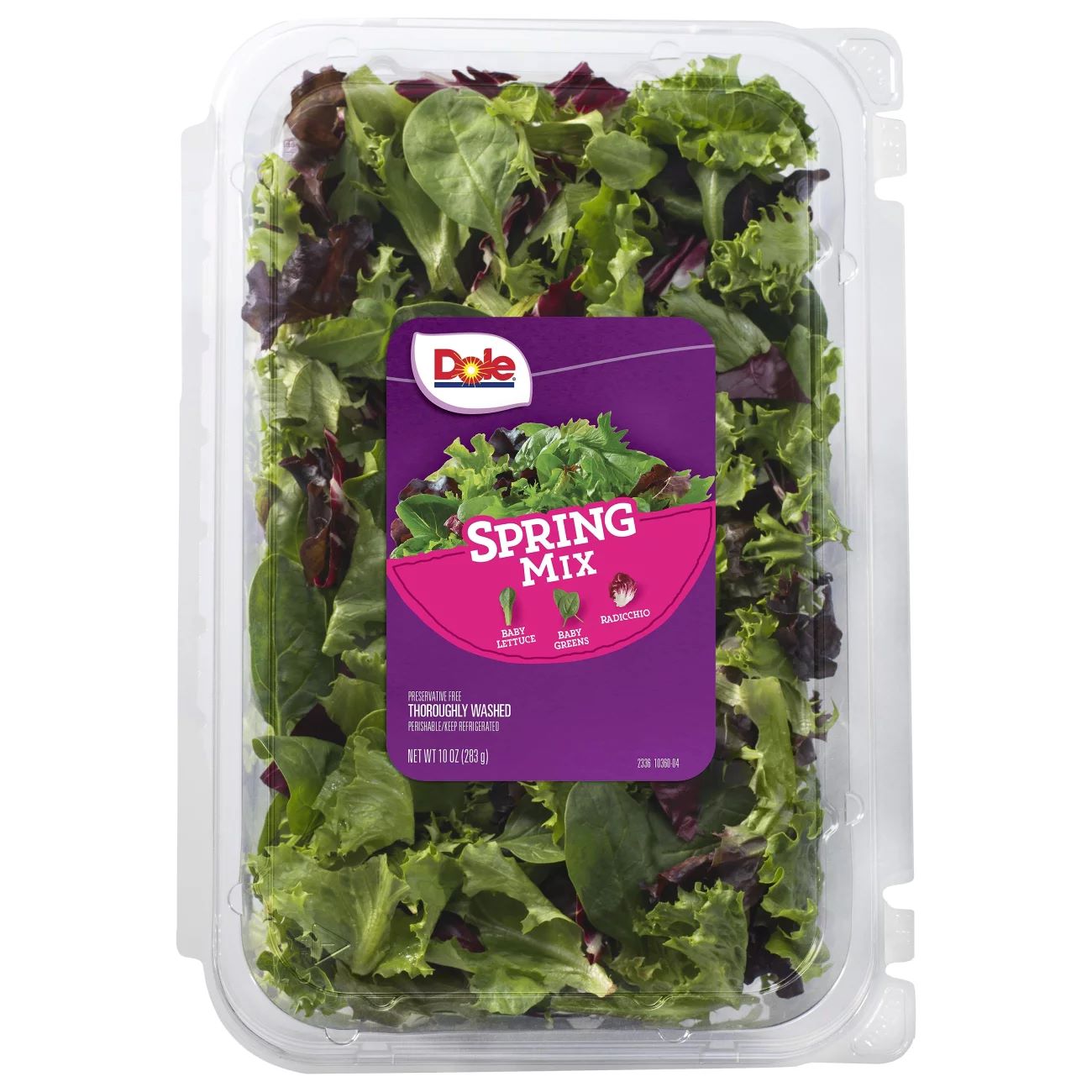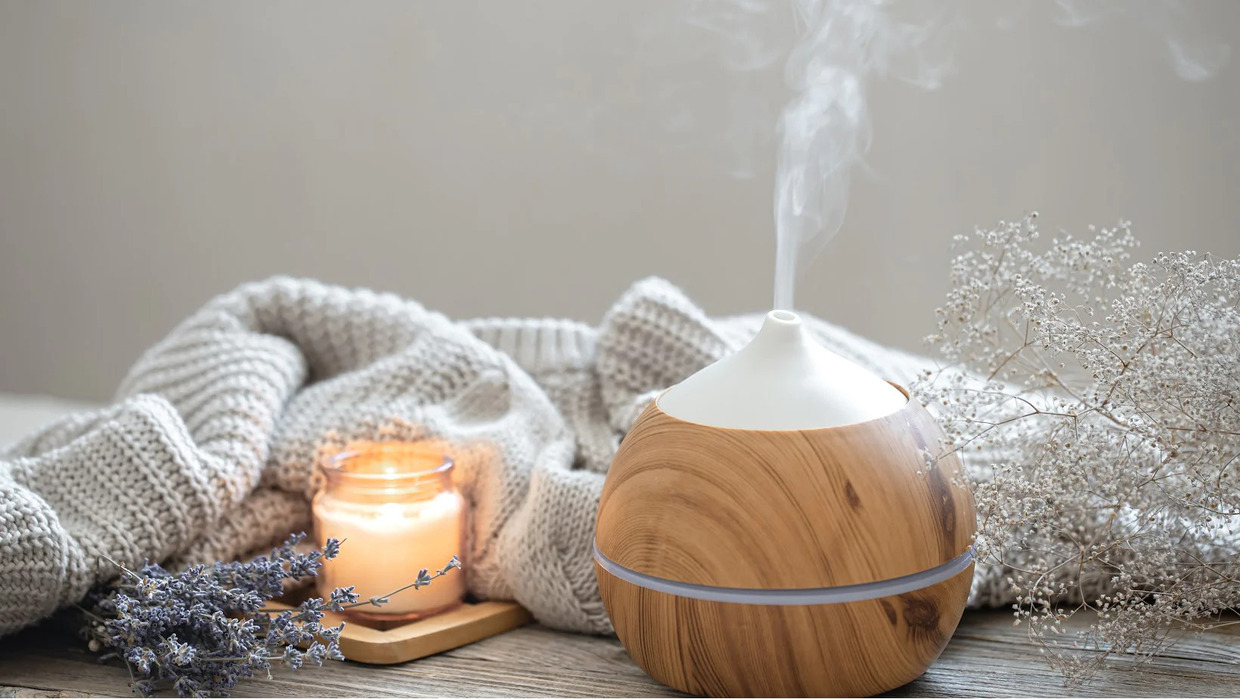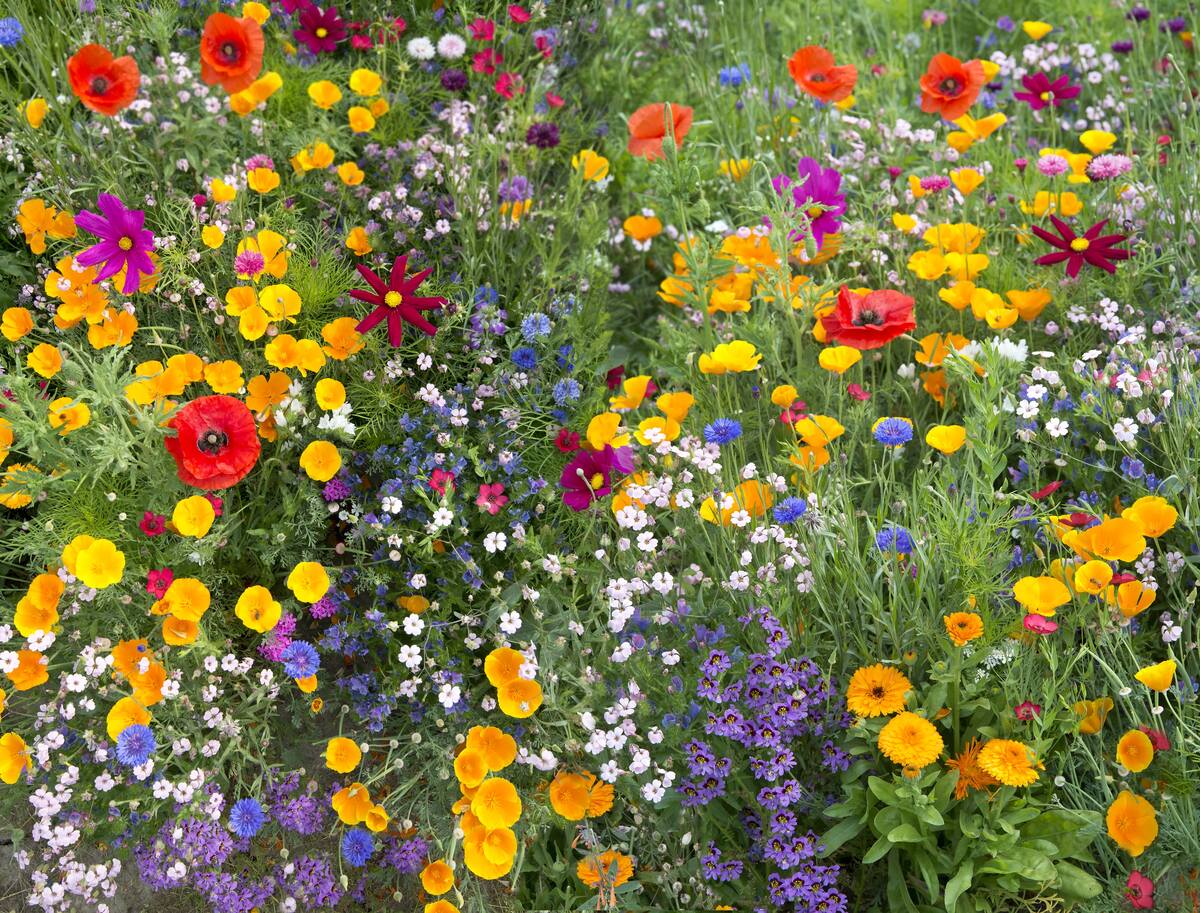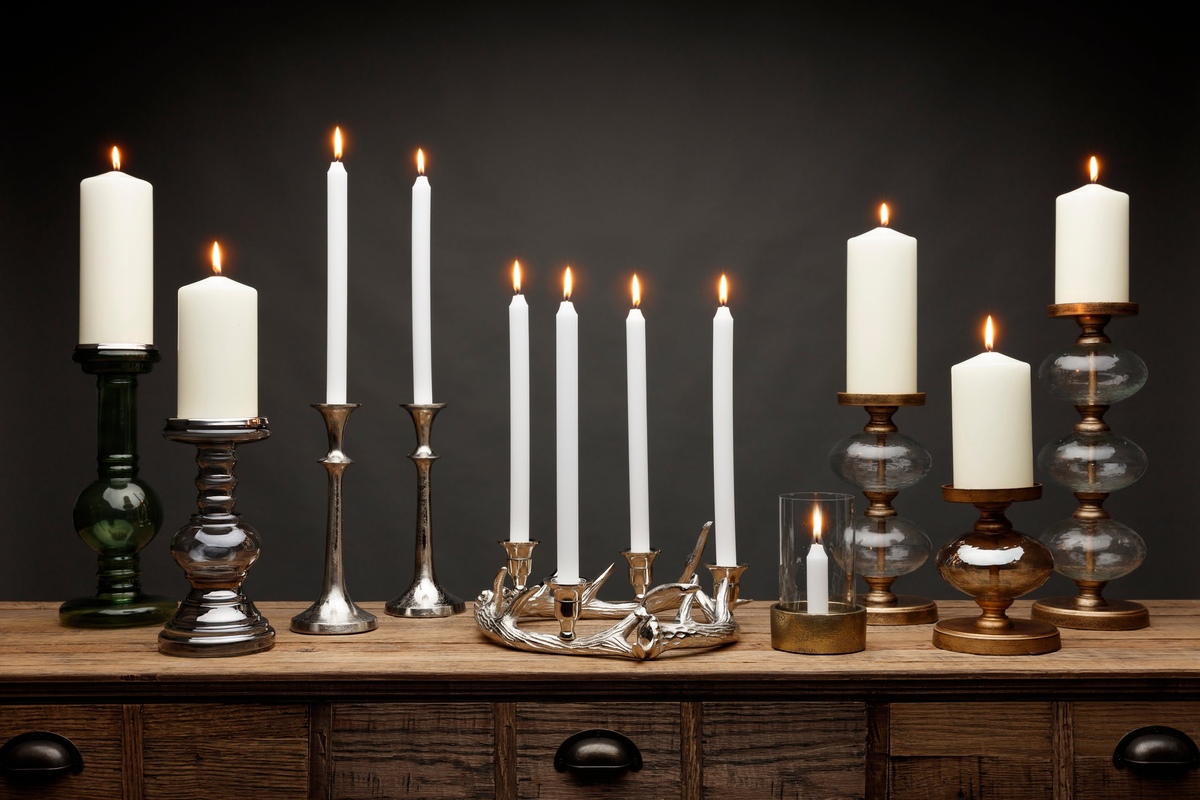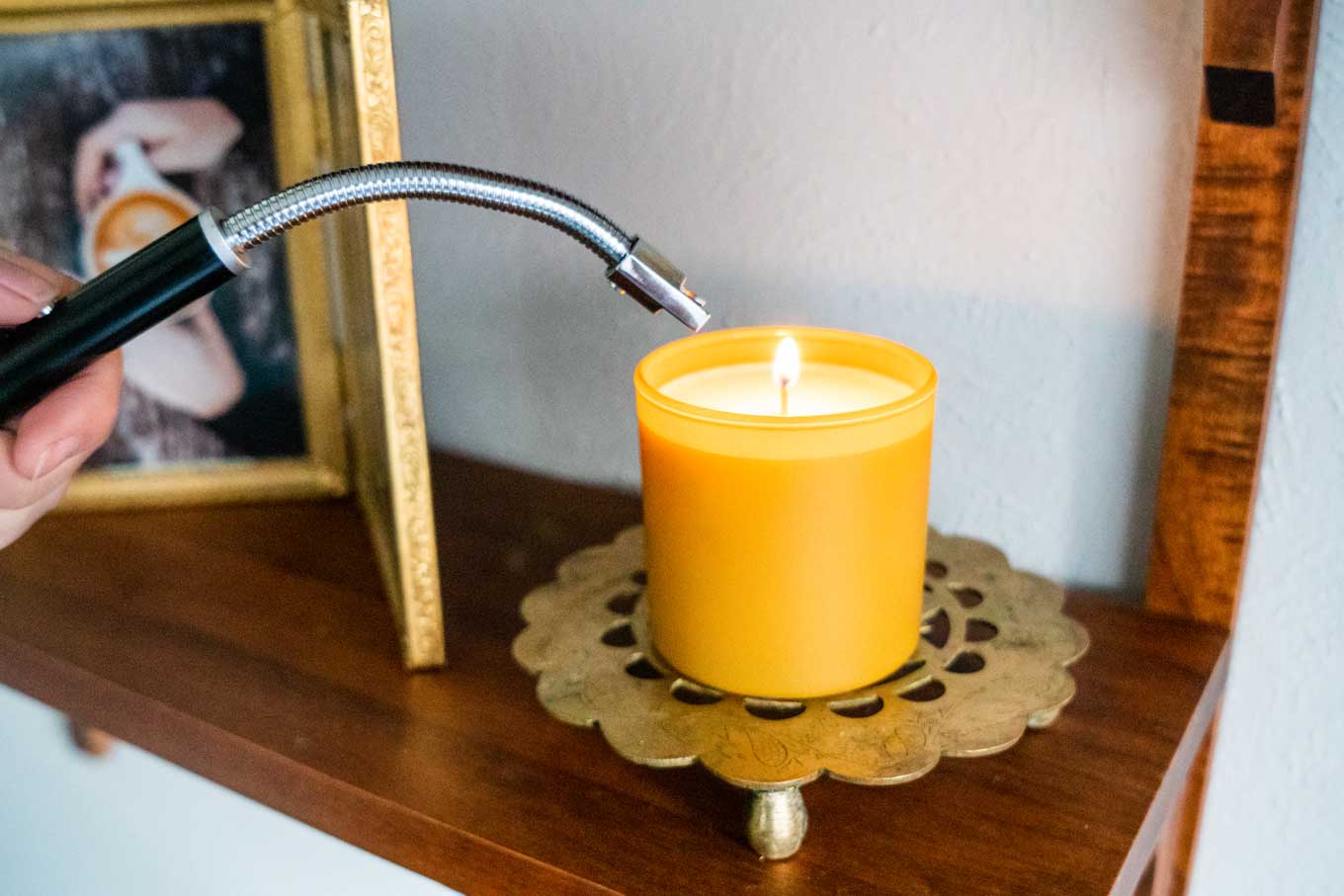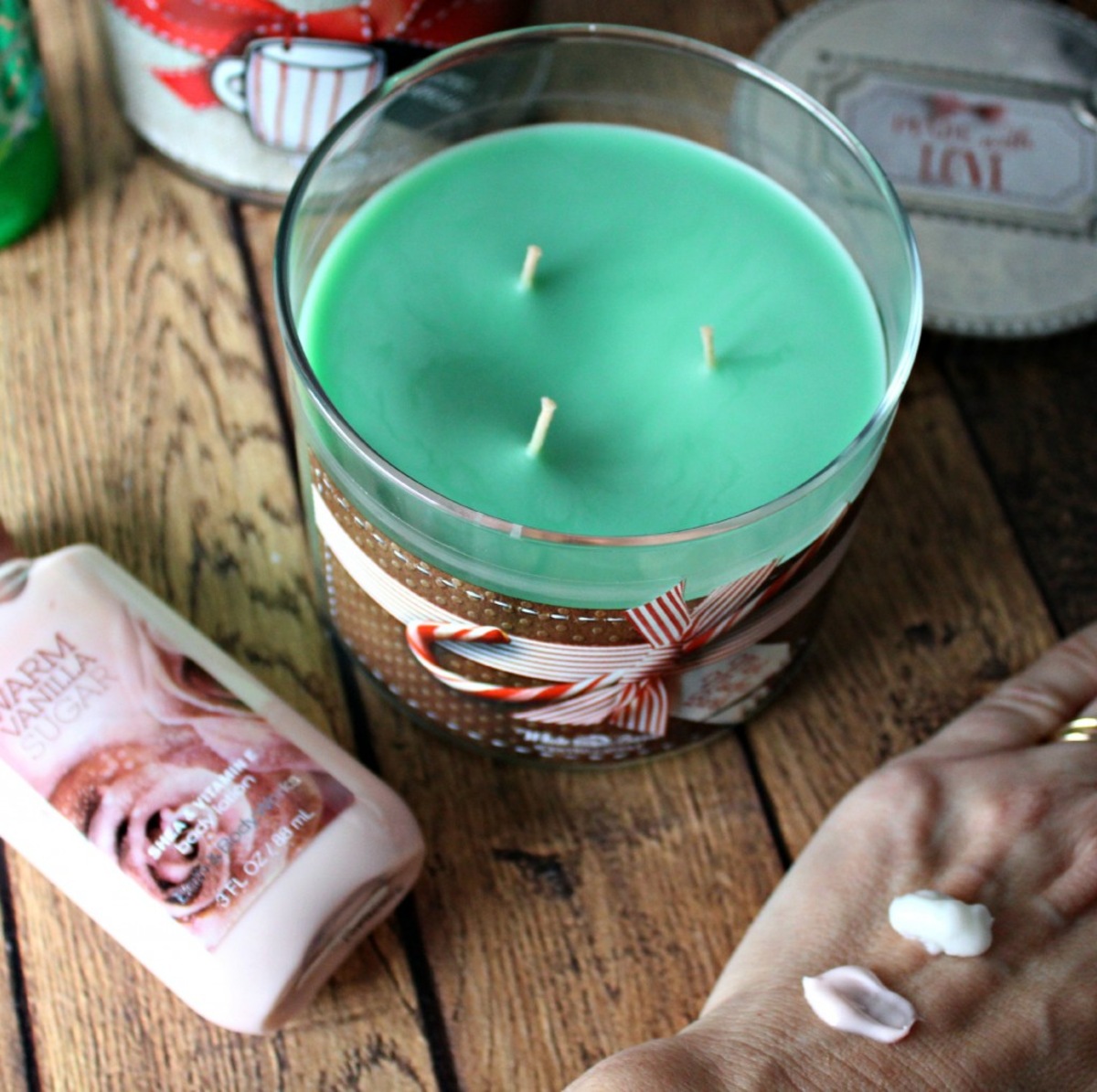

Articles
How To Mix Fragrances For Candles
Modified: January 5, 2024
Learn how to mix fragrances for candles with our helpful articles. Find tips and techniques for creating unique scents that will delight your senses.
(Many of the links in this article redirect to a specific reviewed product. Your purchase of these products through affiliate links helps to generate commission for Storables.com, at no extra cost. Learn more)
Introduction
Fragrance is an essential element in creating beautiful and captivating candles. It not only adds a delightful aroma to a space but also creates a sensory experience for anyone who encounters it. However, finding the perfect fragrance for your candles can be a challenging task. Fortunately, by understanding fragrance notes, selecting the right fragrance oils, and effectively mixing them, you can create unique and enchanting scents that will delight your customers.
When it comes to fragrance notes, it’s important to understand that just like musical notes, fragrance notes form the components of a fragrance. There are three main categories of fragrance notes: top notes, middle notes, and base notes. Top notes are the initial scents that are detected when a candle is lit. They are typically light and evaporate quickly. Middle notes are the heart of the fragrance and provide the body and character. Base notes are the foundation of the scent and last the longest. By combining these notes effectively, you can create a well-balanced fragrance for your candles.
Next, choosing the right fragrance oils is crucial in creating a perfect blend. There are a wide variety of fragrance oils available, each with its own characteristics and strengths. Consider the theme and purpose of your candles, and select oils that align with that vision. Whether you want to create a soothing lavender candle or a refreshing citrus blend, there is a fragrance oil to suit every preference. Additionally, ensure that the oils you choose are of high quality to achieve a superior scent throw when the candle is burned.
To keep track of your fragrance combinations and maintain consistency in your candle production process, it’s helpful to create a fragrance combining chart. A fragrance combining chart is a visual representation of your different fragrance oils and their ratios when mixed together. It allows you to see at a glance the combinations you have tried, the results they produced, and the potential for future experimentation. This chart will become an invaluable tool as you continue to explore the world of fragrance blending for your candles.
Key Takeaways:
- Understanding fragrance notes, choosing the right oils, and blending effectively are key to creating captivating candle scents. Experiment, trust your nose, and enjoy the journey of fragrance blending.
- Keep track of your fragrance combinations, test and adjust your blends, and trust your creativity. With dedication and practice, you’ll craft extraordinary fragrances that captivate and delight your customers.
Read more: How To Make Fragrance Oils For Candles
Understanding Fragrance Notes
Fragrance notes play a significant role in creating a captivating and well-balanced scent for candles. Just like musical notes, fragrance notes work together harmoniously to create a delightful aroma. By understanding the different fragrance notes and how they interact with each other, you can create unique and captivating scents that will enhance the ambiance of any space.
There are three main categories of fragrance notes: top notes, middle notes, and base notes. Each note serves a distinct purpose in the overall fragrance composition.
Top Notes: Top notes are the initial scents that are detected when a candle is first lit. They are often light, fresh, and uplifting. These notes evaporate quickly and provide the first impression of the fragrance. Common top notes include citrus fruits, such as lemon and bergamot, as well as herbal and green scents like mint or basil. Top notes are generally the most volatile, meaning they are the first to dissipate.
Middle Notes: Also known as heart notes, middle notes are the core of the fragrance. They provide structure and body to the scent and become more noticeable once the top notes have evaporated. Middle notes have a moderate evaporation rate, making them longer-lasting than the top notes. Popular middle notes include floral scents like jasmine, rose, and lavender, as well as spices like cinnamon or nutmeg.
Base Notes: Base notes are the foundation of a fragrance and are responsible for its longevity. These notes are typically rich, deep, and long-lasting. They help anchor the fragrance and provide a lingering scent even after the candle has burned for a while. Common base notes include woods, such as sandalwood or cedar, as well as musk, vanilla, or amber. Base notes usually have the slowest evaporation rate and are what you will predominantly smell as the candle continues to burn.
When blending fragrances for candles, it’s important to consider the interaction and balance of the different notes. A well-rounded fragrance should have a harmonious blend of top, middle, and base notes. The top notes provide the initial burst of fragrance, while the middle notes add depth and character. The base notes anchor the fragrance and give it endurance. By understanding the role of each note, you can create beautiful and complex scents that will captivate anyone who encounters your candles.
Experimenting with different combinations of fragrance notes is key to finding the perfect scent for your candles. Don’t be afraid to mix and match different notes to create unique and captivating fragrance blends. Remember, creating a well-balanced fragrance takes time and experimentation. With practice, you’ll become more skilled at understanding fragrance notes and creating enticing blends that will set your candles apart.
Choosing the Right Fragrance Oils
Choosing the right fragrance oils is essential in creating the perfect blend for your candles. Fragrance oils are concentrated liquids that contain synthetic or natural aromatic compounds. They come in a wide variety of scents, allowing you to create a vast range of unique fragrances. When selecting fragrance oils, there are several factors to consider to ensure that you create a captivating and high-quality scent.
Consider the Theme and Purpose: Before diving into the world of fragrance oils, it’s important to have a clear vision of the theme and purpose of your candles. Think about the desired ambiance or emotion you want to evoke. Are you aiming for a relaxing and soothing atmosphere or a refreshing and invigorating one? By identifying the theme, you can narrow down the fragrance oil options that align with your vision. For example, if you want to create a calming candle, consider fragrance oils like lavender or chamomile. If you want to create an energizing candle, opt for citrus scents like orange or grapefruit.
Consider the Strength of the Fragrance: Fragrance oils come in various strengths, ranging from light to strong. The strength of the fragrance determines how potent the scent will be in the finished candle. Consider the size of the space where the candle will be used. For larger rooms or open areas, a stronger fragrance oil would be more suitable to ensure that the scent is adequately dispersed. For smaller rooms or more intimate spaces, a lighter fragrance oil may suffice. It’s important to strike the right balance to ensure that the scent is pleasant but not overwhelming.
Consider the Quality: The quality of the fragrance oil is crucial in achieving a superior scent throw when the candle is burned. Opt for fragrance oils from reputable suppliers that offer high-quality products. These oils are made with premium ingredients and undergo rigorous testing to ensure consistent and long-lasting scents. High-quality fragrance oils will provide a more authentic and true-to-life fragrance, enhancing the overall quality of your candles.
Consider Compatibility: Some fragrance oils may not be compatible with certain candle waxes. Different waxes have specific melting points and characteristics that can affect scent throw. It’s essential to choose fragrance oils that are compatible with the type of wax you are using. Consult the supplier or manufacturer for recommendations on which fragrance oils pair well with your specific candle wax. This will help ensure that the fragrance oil disperses evenly throughout the candle and provides optimal scent throw.
Consider Customer Preferences: Lastly, consider the preferences of your target customers. Research trends and popular fragrance choices in the market to cater to your audience’s preferences. For example, if you are targeting a younger demographic, you may want to experiment with trendy and unique fragrance combinations. If your target customers are more traditional, classic scents like vanilla or lavender may resonate with them. By understanding your customers’ preferences, you can create candles that appeal to their tastes.
Remember, choosing the right fragrance oils is a creative and personal process. Don’t be afraid to experiment and think outside the box to create captivating and unique scents for your candles. By considering the theme, strength, quality, compatibility, and customer preferences, you’ll be well on your way to creating extraordinary fragrances that will delight your customers and enhance their candle experience.
Creating a Fragrance Combining Chart
Creating a fragrance combining chart is a useful tool for keeping track of your fragrance combinations and maintaining consistency in your candle production process. A fragrance combining chart acts as a visual reference that allows you to document and organize your different fragrance oils and their ratios when mixed together. It enables you to see at a glance the combinations you have tried, the results they produced, and the potential for future experimentation.
To create a fragrance combining chart, follow these steps:
- Select a Chart Format: Choose a format for your fragrance combining chart that suits your preferences and needs. You can create a simple table using a spreadsheet program like Excel or Google Sheets, or you can use a pen and paper to draw a chart.
- List Fragrance Oils: Begin by listing the fragrance oils you have available or plan to use in your candles. Write down the names of each fragrance oil vertically in the first column of your chart.
- Create Columns for Ratios: Create columns next to each fragrance oil to represent different ratios or percentages. This will allow you to easily adjust the amount of each fragrance used in your blend. For example, you can have columns for a 50% ratio, a 75% ratio, and a 100% ratio.
- Fill in the Chart: Start filling in the chart by adding the ratios of each fragrance oil for different combinations. Experiment with different ratios to find the right balance and strength of your desired fragrance blend. Add any notes or observations about the scent and performance of each combination to refer to later.
- Color-Coding (Optional): To make your fragrance combining chart even more visually appealing and organized, you can consider color-coding the different fragrance oils or highlighting specific combinations that work well together. This will help you quickly identify successful blends and make it easier to spot patterns or trends.
- Update and Expand: As you continue to experiment with different fragrance blends, make sure to update your fragrance combining chart and add any new combinations or observations. Over time, you will build a comprehensive and valuable resource that you can refer back to for future candle-making projects.
Having a fragrance combining chart not only helps you stay organized but also encourages creativity and innovation. It allows you to easily replicate successful fragrance blends and provides a foundation for you to experiment with new combinations. By keeping track of your fragrance combinations in a chart, you can establish consistency in your candle production process and create unique scents that set your candles apart from the competition.
Remember, the fragrance combining chart is a dynamic tool that can be continuously updated and expanded as you explore and refine your fragrance blending skills. Embrace the process of discovery and enjoy the journey of creating captivating scents for your candles.
When mixing fragrances for candles, start with a 70-30 ratio of base to complementary scents. Experiment with different combinations to find the perfect balance.
Mixing Fragrances Effectively
Mixing fragrances effectively is crucial in creating captivating and well-balanced scents for your candles. It requires careful thought, experimentation, and attention to detail. By following these key tips and techniques, you can master the art of mixing fragrances and create unique blends that will delight your customers.
Start with a Vision: Before you begin mixing fragrances, it’s important to have a clear vision of the scent you want to achieve. Consider the theme, mood, and purpose of your candles. Visualize the aroma you want to create and use this vision as your guiding light throughout the blending process.
Choose a Dominant Note: Select a dominant note that will be the foundation of your fragrance blend. This note should be the primary scent that you want to come through the strongest in the final product. It could be a floral, fruity, or woody note, depending on your desired outcome.
Add Complementary Notes: Once you have chosen your dominant note, add complementary notes that enhance and support the main scent. These notes should harmonize with the dominant note and add depth and complexity to the fragrance blend. Experiment with different combinations of notes to find the perfect balance.
Consider Note Strengths: Take note of the strengths of each fragrance oil you are using. Some fragrance oils may have a stronger scent throw than others. Adjust the ratios of each oil accordingly to ensure that no single note overpowers the blend. Aim for a well-balanced fragrance where each note is discernible without overpowering the others.
Experiment with Ratios: Mixing fragrances is a balancing act, and finding the right ratios can make all the difference. Start with small test batches and experiment with different ratios to find the perfect blend. Keep track of your ratios and results in your fragrance combining chart to refer back to later.
Blend Gradually: When mixing fragrance oils, add them gradually to your container or mixing vessel. This allows you to control the strength of each note and make adjustments as needed. Take your time and blend the fragrances thoroughly to ensure that they are evenly distributed throughout the mixture.
Use a Dropper or Pipette: To achieve precision in your fragrance blending, consider using a dropper or pipette. This will help you measure and control the amount of each fragrance oil you add to your blend. By being precise, you can achieve consistency in your fragrance mixes, batch after batch.
Trust Your Nose: Your sense of smell is your most valuable tool when mixing fragrances. Trust your nose and rely on your instincts. Take breaks between smelling different fragrance blends to reset your olfactory system. This will ensure that you can accurately perceive the subtleties of each fragrance and make informed decisions.
Document and Evaluate: Take thorough notes on each fragrance blend you create. Document the ratios, the scents used, and your impressions of the blend. Test each fragrance blend in a candle to evaluate its performance when burned. Keep refining and adjusting your blends based on your observations and feedback.
Remember, mixing fragrances effectively is an art that requires patience, practice, and an open mind. Embrace the process of experimentation and allow yourself to be inspired by the endless possibilities of fragrance blending. With time and experience, you will develop a knack for creating captivating and unique scents that will make your candles truly stand out.
Read more: How To Calculate Fragrance Oil For Candles
Testing and Adjusting Fragrance Blends
Testing and adjusting fragrance blends is a crucial step in the candle-making process. It allows you to evaluate the performance and scent throw of your blends, ensuring that you create high-quality candles with captivating fragrances. Proper testing and adjustment will help you achieve the desired scent intensity, longevity, and overall sensory experience. Here are some key steps and tips to guide you through the process.
Perform Small Test Batches: Start by creating small test batches of your fragrance blends. This will allow you to evaluate the scent and performance without wasting large quantities of materials. Use a smaller-sized container, such as a votive or tealight, for testing purposes. Keep in mind that the performance and scent throw may differ slightly when scaled up to larger candles.
Burn Test Candles: Burn the test candles in different environments and observe their performance. Pay attention to the scent intensity, how well the scent fills the room, and the overall burn quality. Note any issues such as uneven burning, excessive smoking, or weak scent throw.
Time the Candle Burn: Allow the test candles to burn for an appropriate duration. This can vary depending on the size of the candle, but a general rule of thumb is to burn the candle for a couple of hours to assess its scent throw. Longer burn times may be necessary for larger candles.
Evaluate Scent Strength: Assess the strength of the scent while the candle is burning. Is the fragrance too strong, overpowering, or barely noticeable? Consider the intended purpose of the candle and adjust the scent strength accordingly. You want the fragrance to be present and enjoyable without being overwhelming.
Make Adjustments: If the scent throw is too weak, consider increasing the ratio of fragrance oil in your blend. If the scent is overpowering, decrease the ratio of fragrance oil. Adjusting the ratios gradually will allow you to fine-tune the scent to your desired intensity. Keep detailed notes of the adjustments you make for future reference.
Test Different Wax Types: If you’re not satisfied with the scent throw of your blend, try testing it with different types of candle wax. Each wax has unique characteristics and may interact differently with the fragrance oils. Experimenting with different waxes can help you achieve better scent dispersion and performance.
Seek Feedback: Test your candle blends on a variety of people with different scent preferences. Gather feedback on the fragrance’s appeal, strength, and overall experience. This can provide valuable insights and help you make further adjustments if needed.
Document Your Findings: Keep detailed records of your test results, adjustments, and feedback. This information will serve as a valuable resource for future candle-making projects. It allows you to refine and improve your fragrance blends over time and maintain consistency in your candle production.
Remember, testing and adjusting fragrance blends is an ongoing process of refinement and improvement. Be patient and open to making changes as you strive to create the perfect scent for your candles. With each test, you will gain valuable insight and become more adept at creating captivating fragrances that will leave a lasting impression on your customers.
Tips for Blending Fragrances
Blending fragrances is a creative and rewarding process that allows you to create unique scents for your candles. To help you achieve the best results, here are some tips to consider when blending fragrances:
Start with Small Batches: When experimenting with fragrance blends, start with small test batches. This allows you to test different combinations without wasting large amounts of materials. Once you find a blend you love, you can scale it up for larger production.
Take Notes: Keep a detailed record of the fragrances you blend and the ratios used. Include your impressions, observations, and any adjustments made. This record will be invaluable for future reference and replication.
Blend Similar Notes: When blending fragrances, start with notes that have similar characteristics or belong to the same fragrance family. This creates a harmonious blend that is pleasing to the nose. For example, if you are blending floral scents, combining rose and jasmine would complement each other well.
Experiment with Contrasting Notes: While blending similar notes creates a cohesive blend, don’t be afraid to experiment with contrasting notes. Combining different fragrance families can result in unexpected and exciting combinations. For example, mixing a fresh citrus note with a warm vanilla note can create a delightful contrast.
Create a Fragrance Layering Technique: Layering fragrances is a technique where you apply different scents at different stages of the candle-making process. For example, you can add a top note fragrance oil during the wax melting stage and a base note fragrance oil when pouring the candle. This technique adds complexity and depth to the final scent.
Consider Seasonal and Theme-Based Blends: Create fragrance blends that align with specific seasons or themes to appeal to customers looking for seasonal scents. For example, in the autumn, consider blending warm and spicy notes like cinnamon and nutmeg. In the spring, opt for fresh floral combinations like lavender and honeysuckle.
Test in Different Wax Types: Experiment with different types of candle wax to see how the fragrance oils interact. Some waxes may enhance the scent throw and performance of certain fragrances more effectively than others. Testing in different wax types allows you to find the perfect match for your fragrance blends.
Trust Your Sense of Smell: Your nose is your best tool when blending fragrances. Trust your sense of smell and listen to your instincts. If a certain blend doesn’t smell right to you, adjust or explore different combinations. Remember, fragrance blending is ultimately subjective, and it’s important to create scents that you enjoy.
Don’t Be Afraid to Modify: If a blend doesn’t turn out as you had hoped, don’t be discouraged. Fragrance blending is a process of trial and error. Modify the ratios, swap out certain notes, or introduce new elements to create a blend that meets your expectations.
Enjoy the Journey: Lastly, don’t forget to enjoy the process of fragrance blending. It’s a creative and artistic endeavor that allows you to explore infinite scent possibilities. Embrace the experimentation, have fun, and let your imagination run wild. The journey of creating unique and captivating fragrance blends for your candles is an adventure in itself.
Remember, fragrance blending is a skill that develops over time. With practice, you will become more confident in creating captivating scents that will enhance the enjoyment of your candles. Let your creativity soar, and don’t be afraid to explore new combinations and techniques. Who knows, you may discover your signature fragrance blend that sets your candles apart from the rest!
Conclusion
Creating captivating and unique fragrances for your candles is an art that requires a combination of creativity, experimentation, and attention to detail. By understanding fragrance notes, choosing the right fragrance oils, and effectively blending them, you can craft scents that are truly extraordinary.
Understanding the different fragrance notes and how they interact with each other allows you to create well-balanced and harmonious blends. Whether it’s the fresh and uplifting top notes, the heartwarming middle notes, or the long-lasting base notes, each note adds depth and character to your candles.
Choosing the right fragrance oils is crucial in achieving the desired scent and quality. Consider the theme, purpose, and preferences of your target audience. Opt for high-quality fragrance oils and experiment with different strengths to find the perfect balance for your candles.
Creating a fragrance combining chart helps you maintain consistency and track your fragrance combinations. It acts as a visual reference, allowing you to explore different ratios and combinations, document your findings, and replicate successful blends in the future.
Mixing fragrances effectively requires patience, creativity, and a keen sense of smell. Start with a vision, experiment with different ratios, and trust your instincts. Gradually make adjustments until you achieve the desired scent intensity and balance.
Testing and adjusting your fragrance blends is a vital step to ensure optimal scent throw and performance. Burn test candles in various environments, evaluate the scent strength, and make necessary adjustments to achieve the desired results. Seek feedback from others to gain valuable insights and refine your blends.
Lastly, embrace the journey of fragrance blending and enjoy the process. Be open to experimentation, trust your creativity, and have fun exploring the endless possibilities of creating captivating scents for your candles.
With dedication and practice, you will develop a profound understanding of fragrances, their combinations, and their effects. Your candles will become more than just a light source – they will create a sensory experience that captivates and delights your customers. So, go forth, unleash your creativity, and craft extraordinary fragrances that leave a lasting impression.
Frequently Asked Questions about How To Mix Fragrances For Candles
Was this page helpful?
At Storables.com, we guarantee accurate and reliable information. Our content, validated by Expert Board Contributors, is crafted following stringent Editorial Policies. We're committed to providing you with well-researched, expert-backed insights for all your informational needs.
